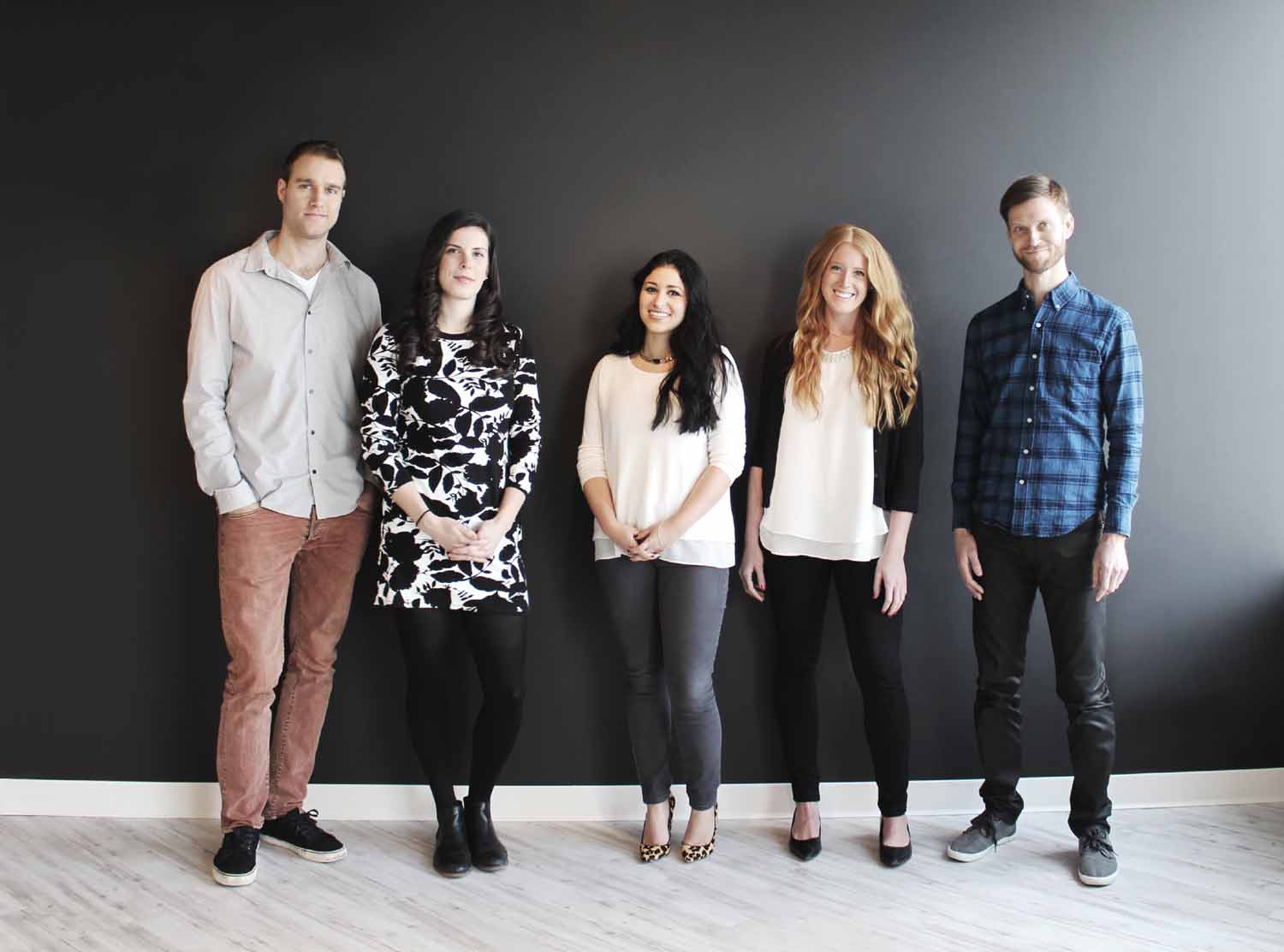By Evelyn Sheinkopf
Whether a project needs pretty food, food from a specific time period or someone to make edible the items actors must ingest, food stylists — the unsung heroes of the art department — are the ones who make on-camera cuisine look good.
Often pros with culinary degrees or a background in culinary arts, food stylists usually get credits on bigger-budget films. On smaller projects, producers rely on property masters like Lorri Jakubuv, who has a culinary background and has styled her own food for films like The Man From Elysian Fields, Kiss the Bride and TV’s The Jamie Kennedy Experiment.
“For me there aren’t any tricks but presenting food through a lot of color,” says Jakubuv. “There’s one scene in Kiss the Bride where I knew (the dish) was supposed to be a focus of the scene, so I shredded and julienned a bunch of colorful vegetables. It’s a matter of using ingredients that make it look more colorful, like snow peas, purple cabbage and edible flowers.”
Along with breaking out the budget for the food that appears on-screen, food stylists are responsible for making doubles, triples and quadruples of a food item as well as reheating and resetting a scene. For TV shows, which can sometimes have dozens of takes, a stylist will need to prepare 30 or 40 of the same sandwich. They will also work with property masters and set decorators on a big meal or banquet scene to get the right look for a film.
Often food stylists are asked to make non-edible looking props edible for actors. On The Jamie Kennedy Experiment one of Jakubuv’s recent assignments for a skit where Kennedy pretends to be a gentle exterminator was to make edible rat droppings out of chocolate cookie dough.
“What keeps a food stylist interested is the variety and the differences in the projects,” says Wendy Blasdel, a food stylist who has worked on dozens of films and shows, including Steven Spielberg’s Jurassic Park, Minority Report and Catch Me if You Can, and TV’s Frasier, Gilmore Girls and Presidio Med. For Seabiscuit, Blasdel researched period food from 1911 to the 50s, visiting the Burbank library, and the Internet, and reading period cookbooks in order to create historically accurate menus.
Deadlines can be major challenges with food styling, says Blasdel. A call can come in at 8 or 10 p.m. for meals that need to be ready at 6 a.m. The amount of food needed can also raise the stakes. Tools valuable to stylists include a good knife set with a serrated knife; a spray bottle full of oil; a hot paint stripper, which is used for reheating poultry; spatulas; cutting boards; hot plates; food coloring; microwaves and chaffing dishes. Glycerine, oil and water are often used to keep food items looking shiny and fresh.
Popular
Animated Storyboards Opens Toronto Office
Animated Storyboards announced that it has launched a new office in Toronto. Maria Hanafy will lead the new studio as managing director, along with four additional staffers - a director, producer, marketing associate and animator/editor. This marks the 10th office for Animated Storyboards, with offices in New York, Chicago, Los Angeles, London, São Paulo, Bangkok, Tel Aviv, Düsseldorf and Shanghai. The 4,300-square-foot office will collaborate closely with sister facilities, whose global infrastructure currently includes nearly 300 full-time in-house illustrators, designers, directors, producers and 2D and 3D artists. The facility includes three edit suites, a state-of-the-art audio studio, a conference room and a spacious lobby area for client use.




